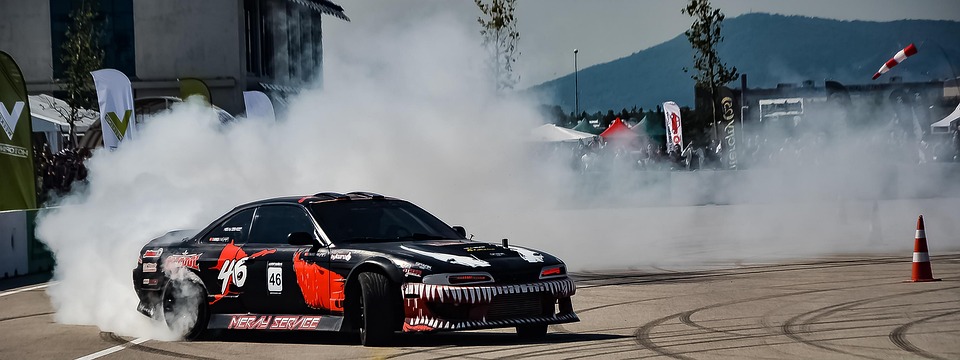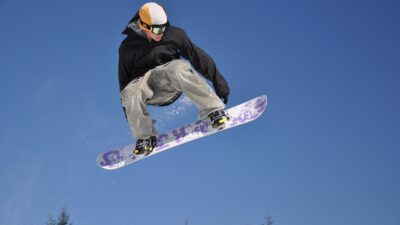Drifting, once considered a niche motorsport, has surged into mainstream consciousness, captivating car enthusiasts and casual spectators alike. The spectacle of a car gliding sideways, tires smoking, is both thrilling and complex, rooted in the principles of physics. In this article, we’ll delve into the mechanics of drifting, the phenomenon of burnouts, and the delicate balance required to master this art.
The Science of Drifting
At its core, drifting is a technique that involves intentionally oversteering a vehicle, causing the rear wheels to lose traction while maintaining control through the turn. This controlled slide relies on specific physical principles that any driver must understand to drift successfully.
1. Traction vs. Slip Angle
When steering, a driver creates a slip angle, which is the angle between the direction the car is heading and the direction of the tires. In drifting, the rear wheels exceed their slip angle, resulting in a loss of rear grip while the front wheels maintain traction. This balance of forces allows the car to slide while still being controllable.
2. Weight Transfer
Weight transfer is a crucial aspect of drifting. As a car accelerates, brakes, or turns, the weight shifts, affecting how each tire interacts with the road. During a drift, drivers execute maneuvers that shift weight to either the front or back wheels, often using throttle control to modulate the slide. For example, aggressive acceleration will shift weight to the back tires, enhancing their slip and letting the rear end swing out.
3. Throttle Control
Thrust plays a significant role in maintaining a drift. Too much throttle can lead to a spin-out, while too little can cause the car to straighten out. Skilled drifters learn to feather the throttle, finding the perfect balance between power and traction to maintain the slide.
4. Countersteering
Countersteering is a technique used to regain control during a drift. As the rear begins to lose grip, drivers must turn the steering wheel in the opposite direction of the drift to align the front wheels with the slide, allowing for a controlled exit from the turn without spinning out.
The Role of Burnouts
While burnouts may serve as a thrilling prelude to drifting, they also hold a scientific foundation. A burnout occurs when a driver spins their wheels while the vehicle is stationary, generating significant heat and pressure on the tires.
1. Tire Heating and Grip
Burnouts are typically performed to heat the tires and increase grip. When tires heat up, the rubber compounds become softer and more pliable, enhancing grip during the actual drift. However, there’s a fine line, as overheating can lead to tire failure.
2. Smoke and Control
The smoke produced during a burnout adds to the visual spectacle of drifting, but it also lowers visibility. Drifters must be adept at navigating through this haze, honing their intuition about the car’s position and timing when entering and exiting drifts.
The Balance of Power
Achieving balance in drifting is not just about the car’s mechanics; it also involves the driver’s skill and understanding of physics. The art of drifting requires an instinct for the balance between speed, power, and grip.
1. Setup Considerations
The vehicle setup plays a critical role in drifting performance. Factors such as suspension tuning, tire choice, weight distribution, and drivetrain type can all influence how a car behaves during a drift. For instance, a rear-wheel-drive car is generally more favorable for beginners because it allows for more straightforward control over the dynamics of the drift.
2. Practice and Experience
Like any skill, drifting takes practice. Aspiring drifters must develop a feel for how their car responds to different inputs. Using techniques such as simulation games and practice on closed circuits can help drivers hone their skills without the risks associated with road driving.
Conclusion
Drifting is more than just a flashy display; it is an intricate dance of physics and driving skill, balancing the elements of traction, weight transfer, and throttle control. When executed well, it becomes a demonstration of automotive mastery, turning cars into ballet dancers on asphalt. Whether you’re a spectator mesmerized by tire smoke or a driver striving for the perfect slide, the world of drifting offers thrilling insights into the physics of motion and the art of balance. As this motorsport continues to grow, it invites all of us—whether behind the wheel or from the stands—to appreciate the blend of science and artistry that makes drifting both fascinating and exhilarating.



